Essential Ground Cover Plants: 10 Options To Try For A Gorgeous, Low-Maintenance Garden
You might be thinking ground cover has a fairly forgettable place in your garden, just filling in the gaps – well, think again! These 10 ground cover plants are practical and pretty
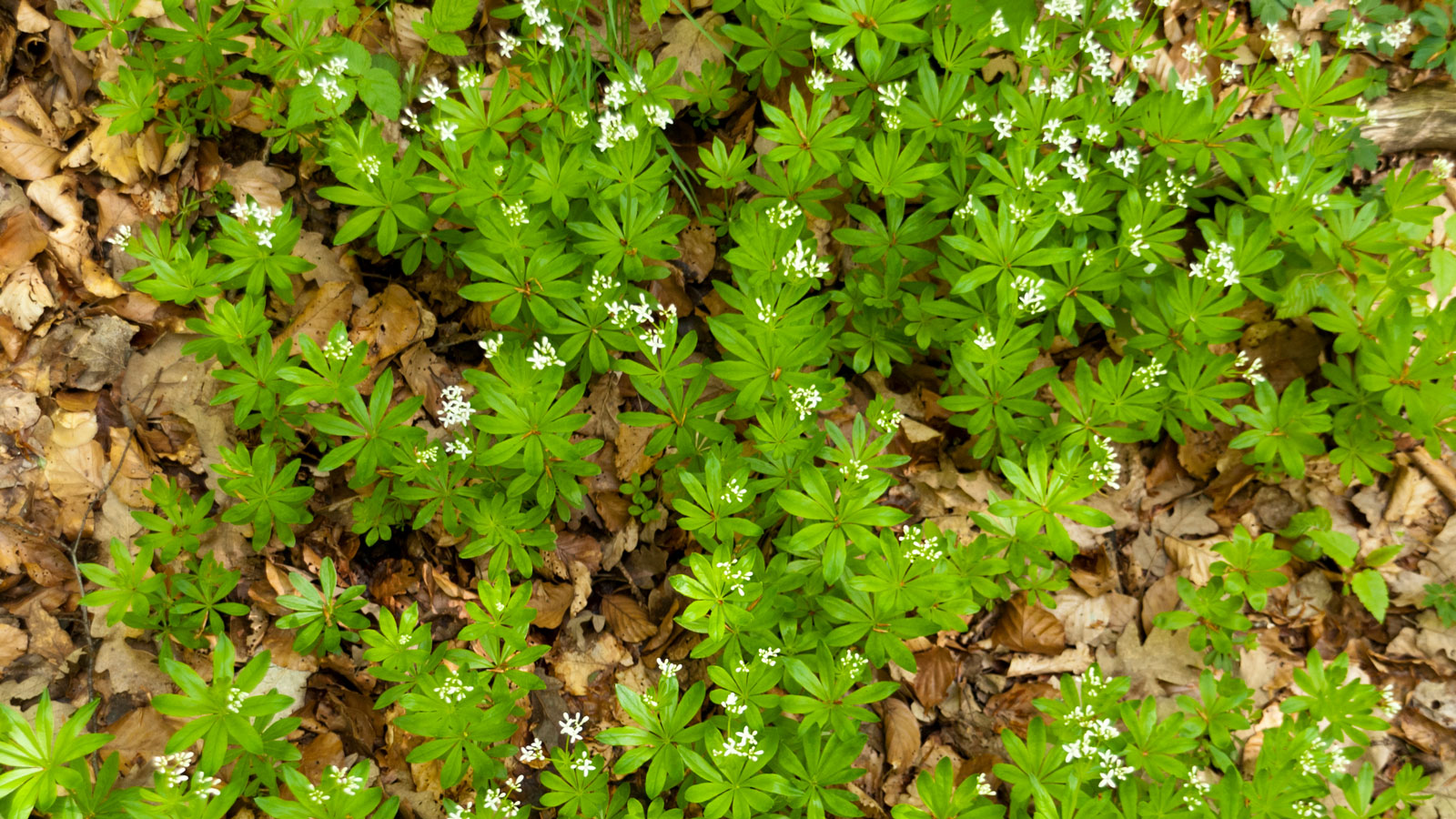

Ground cover plants are the gift that keeps giving. The best ground cover plants will prevent erosion and help stabilize soil temperatures as well as suppressing weeds. Creeping juniper, creeping jenny and rock moss are all effective weed controls to try. Ground cover specimens also create a beautiful backdrop for other types of plants.
There are many native types of ground cover from which to choose. These offer the additional benefits of ease of care and adaptability to the local weather, soil conditions, and resistance to certain wild animals. Whatever kinds of ground cover you have in your landscape, make it simple to grow and relatively carefree. Here are some of my favorite kinds of ground cover for every garden.
Choosing the Best Ground Cover Plants
The best ground cover plants offer year-round beauty and effortless greenery. Evergreen plants provide foliage even in winter, while flowering, perennial ground covers offer much-needed color, often early in the growing season. Growth rate is also an important factor – if you are after the fastest growing ground cover, thyme and ajuga can grow several feet per year once established. When selecting from different types of ground cover plants, you should also consider site, soil type, sun exposure, amount of maintenance and hardiness.
1. Sedum
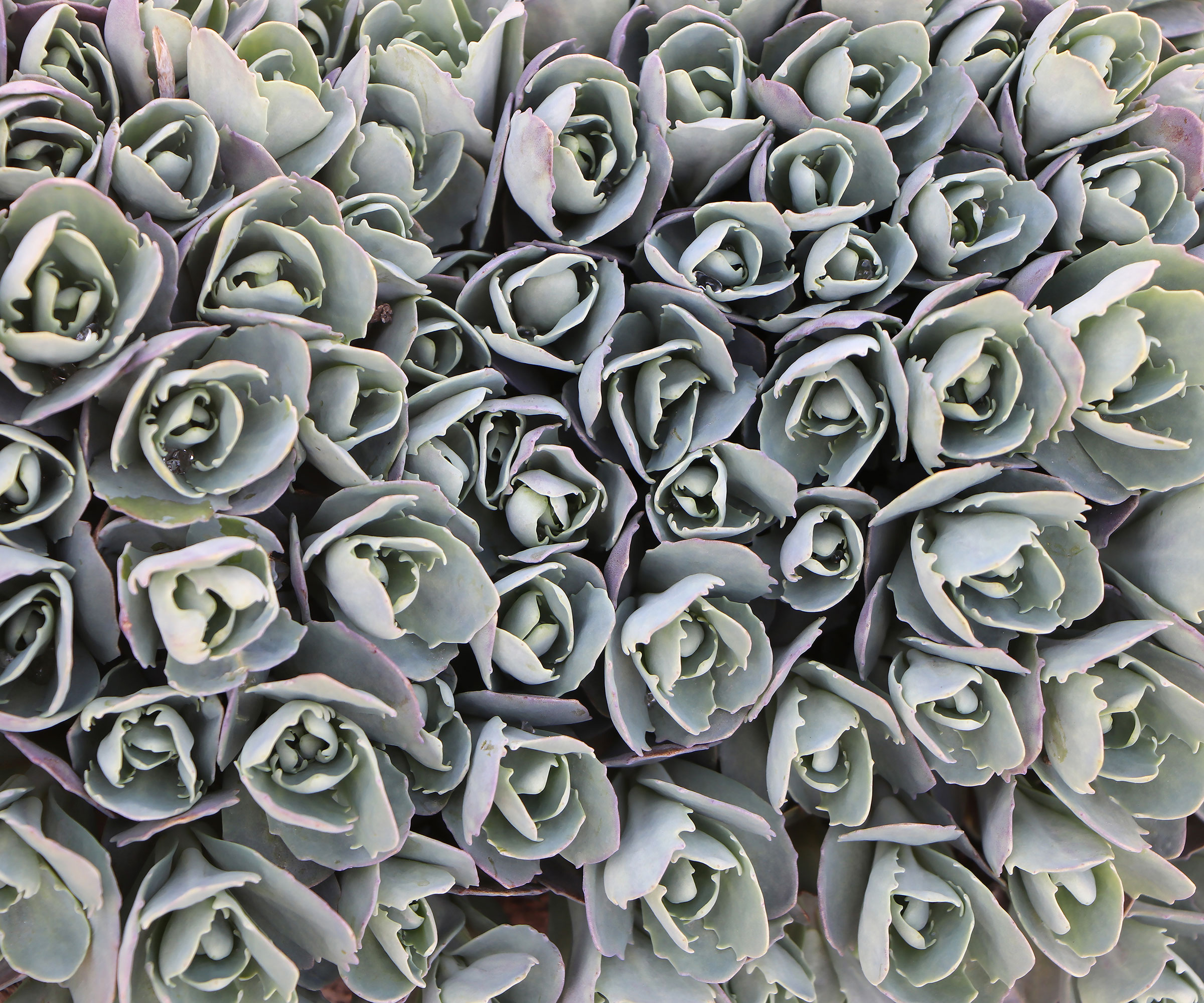
There are around 400-500 species of sedum plants. These easy-to-grow, sun-loving plants come in both erect and prostrate forms. Sedum Sunsparkler ‘Blue Elf’ is a stonecrop variety that grows just three inches (8cm) in height. The thickened, rounded leaves are a delightful blue-green hue. In late summer through early fall, the plant produces hot pink, starry flower clusters held above the foliage on slightly longer stems. The flowers are attractive to many pollinators and emit a subtle, pleasant fragrance. This stonecrop can tolerate almost any soil and is drought-tolerant once it is established.
2. Creeping Phlox
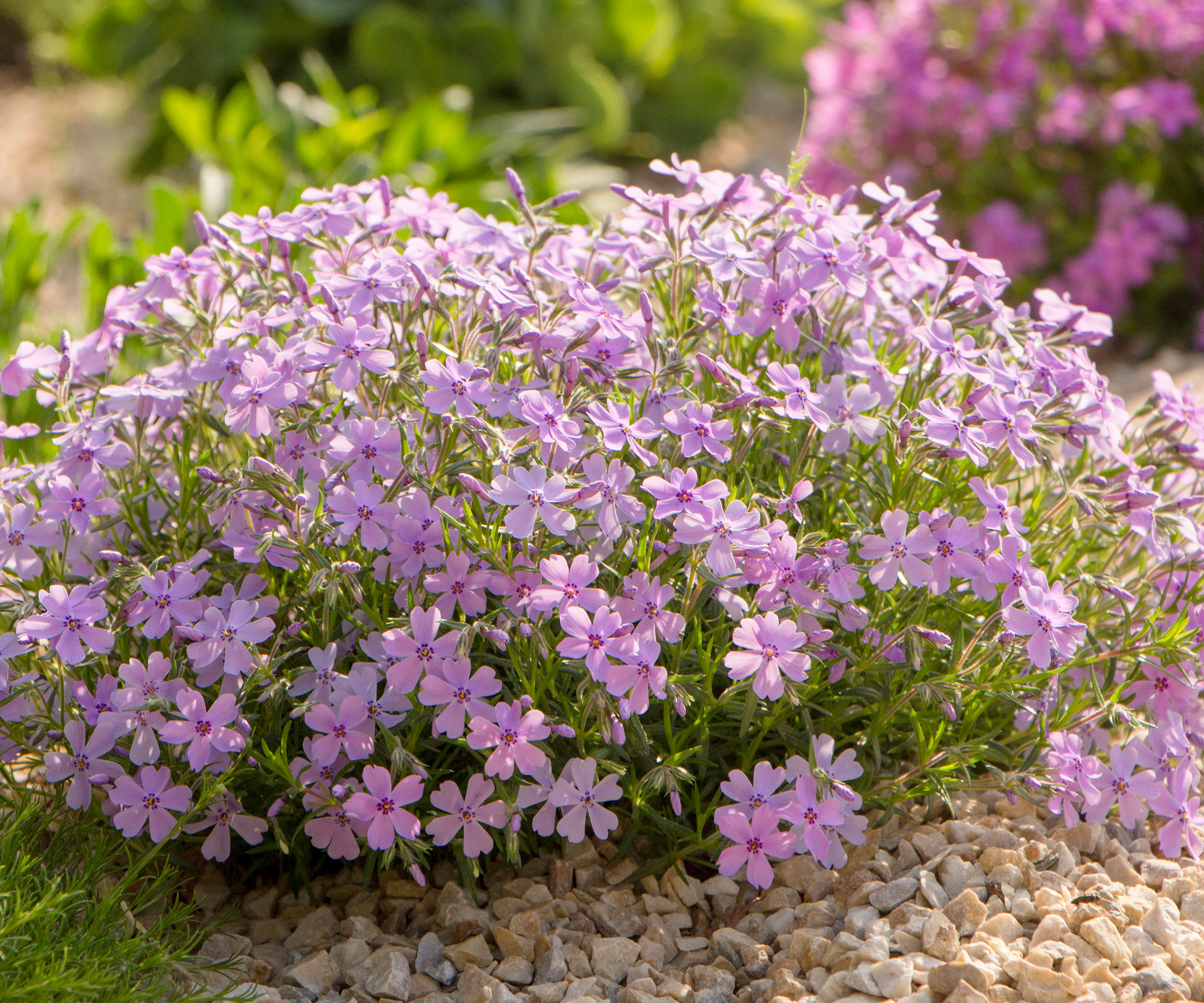
Another ground cover that develops flowers that bring in the pollinators, creeping phlox also has evergreen leaves that are deeply green, oval and pointed at the tips. ‘Sherwood Purple’ is a variety that is slow-growing and is tolerant of partial to full shade. The flowers arrive in spring and have five deeply purple petals with a yellow-orange center. Few pests or insects bother this creeping phlox, and it is even tolerant of moist soil.
3. Marsh Marigold
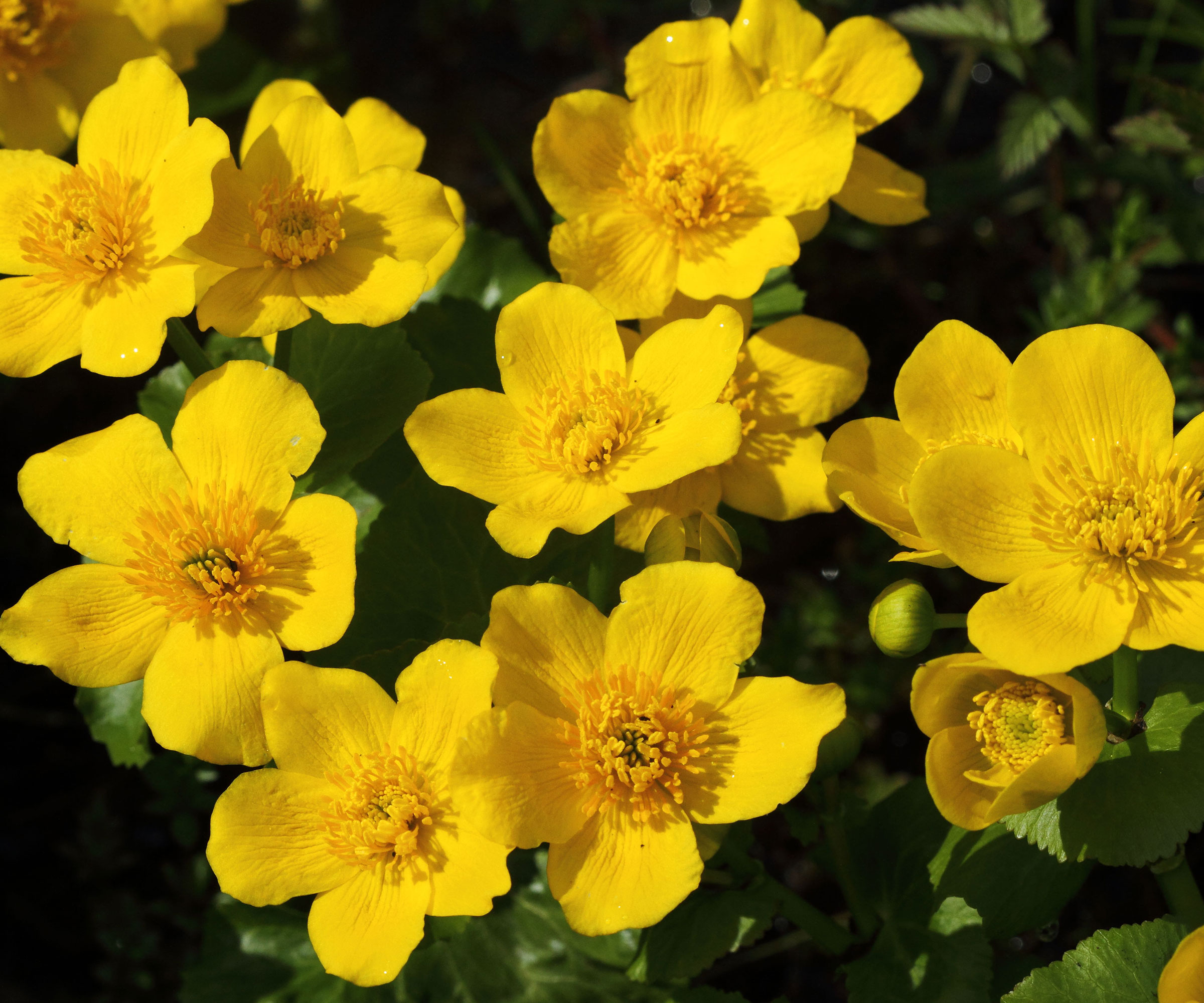
Unlike annual marigolds, marsh marigolds are perennials in the buttercup family. Sometimes called cowslip, kingcup or cowflock, these ground cover plants are native to North America. They are riparian plants, found in nature along streams and rivers. The plant forms a dense mat over time and will be filled with sweet, yellow flowers in early spring. Marsh marigold prefers moist soil and is a pollinator magnet and cover for wild creatures, while also being deer resistant.
4. Lilyturf
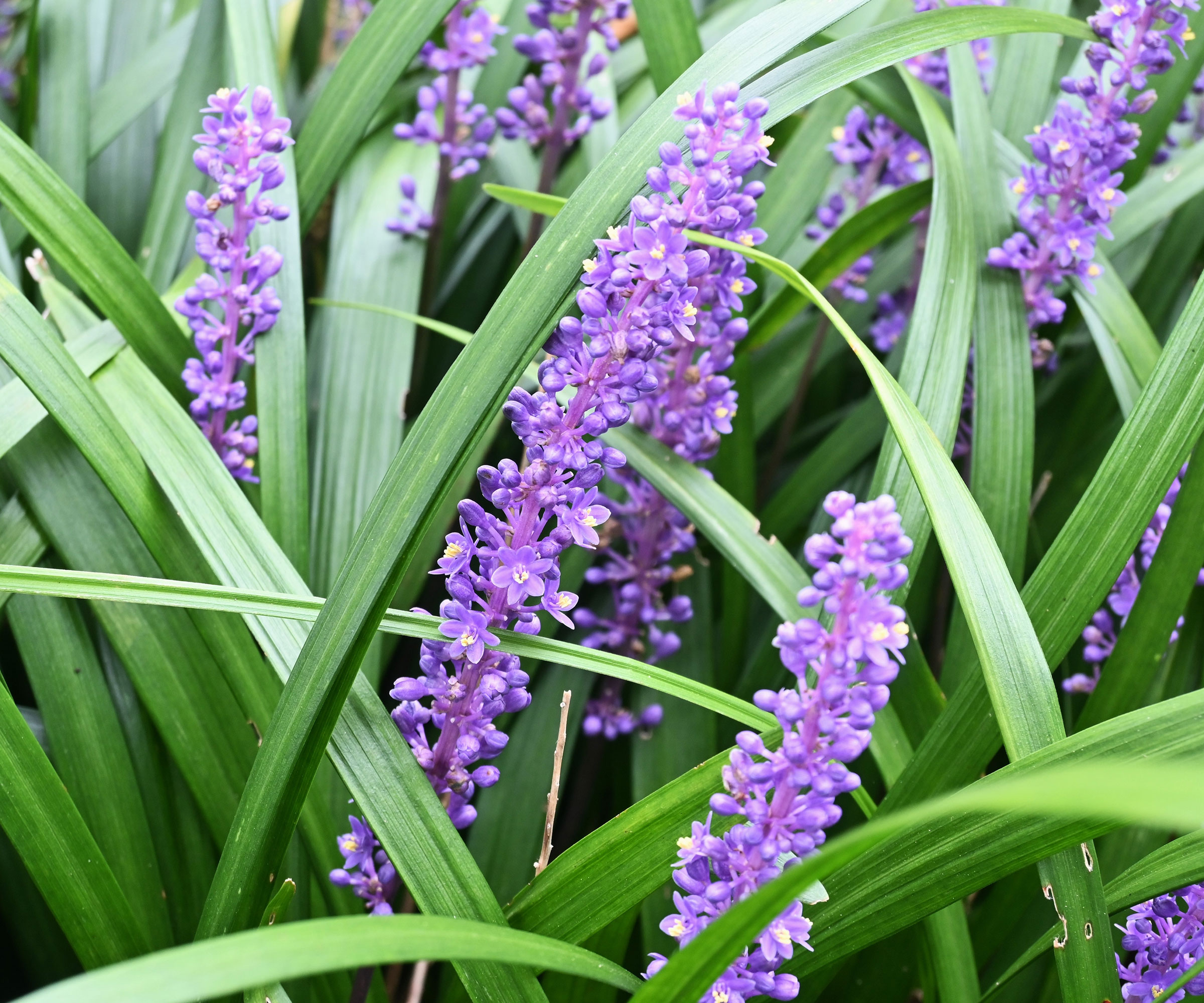
This is another evergreen ground cover selection that produces grass-like clumps of foliage. There are variegated, green and blue options. Creeping lilyturf is an aggressive spreader and is best used where a large area needs ground cover. Purple flower spikes appear in mid to late summer. The plant tolerates both full sun and part shade. It likes well-draining soil which is moderately moist but not soggy. Some gardeners mow it back in early spring to allow new growth to colonize the site.
Gardening tips, videos, info and more delivered right to your inbox!
Sign up for the Gardening Know How newsletter today and receive a free copy of our e-book "How to Grow Delicious Tomatoes".
5. Bugleweed
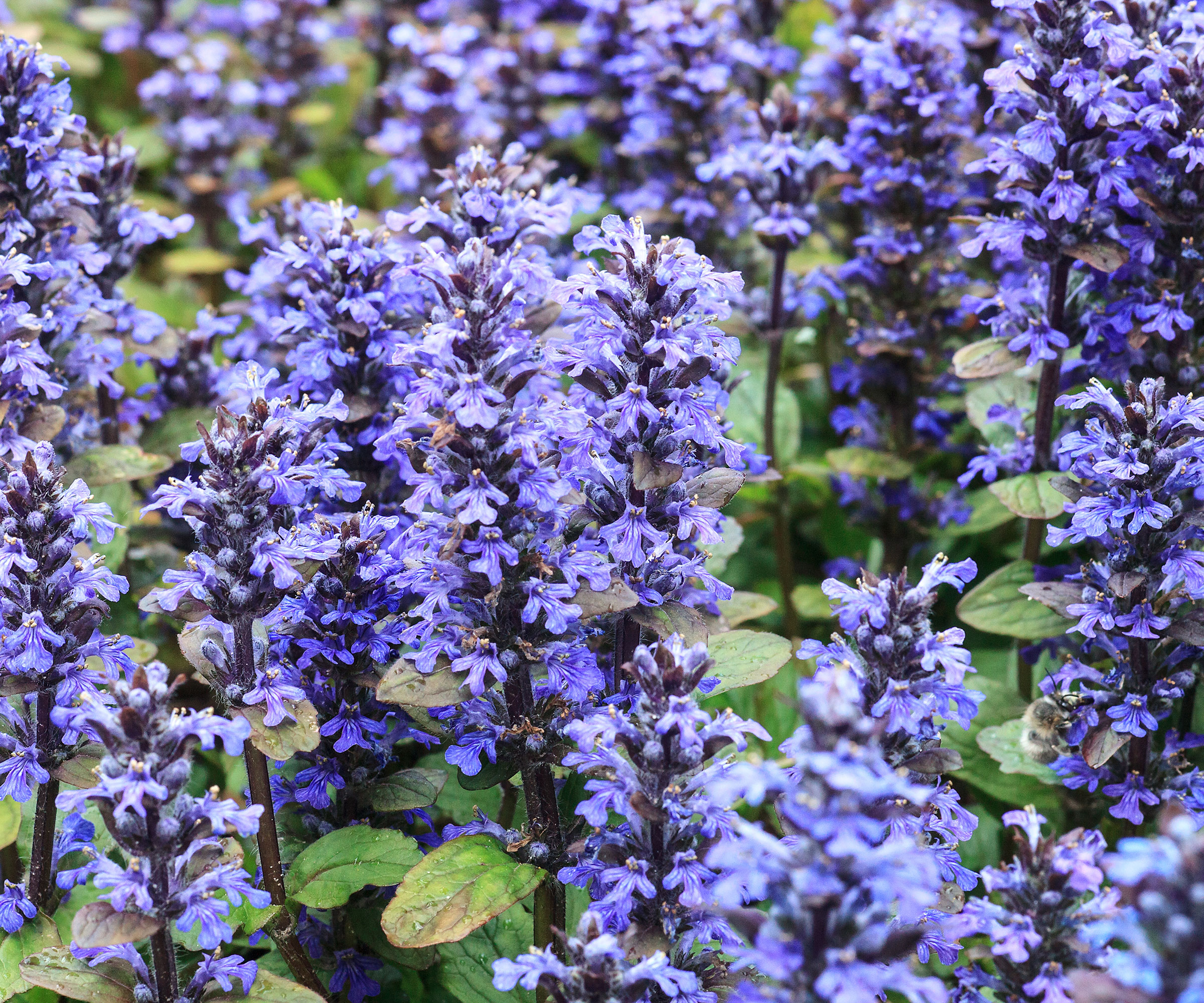
Ajuga (aka bugleweed) is hardy to USDA zone 4. It has purple-bronze leaves that produce the best color in lower light sites. Bugleweed spreads slowly, but will produce new plants through underground runners. In spring, it develops a dense mat of foliage topped by bright purple flowers. Ajuga grows three-eight inches (8-20cm) in height. It thrives in moist soils, but can tolerate brief periods of dryness.
6. Creeping Juniper
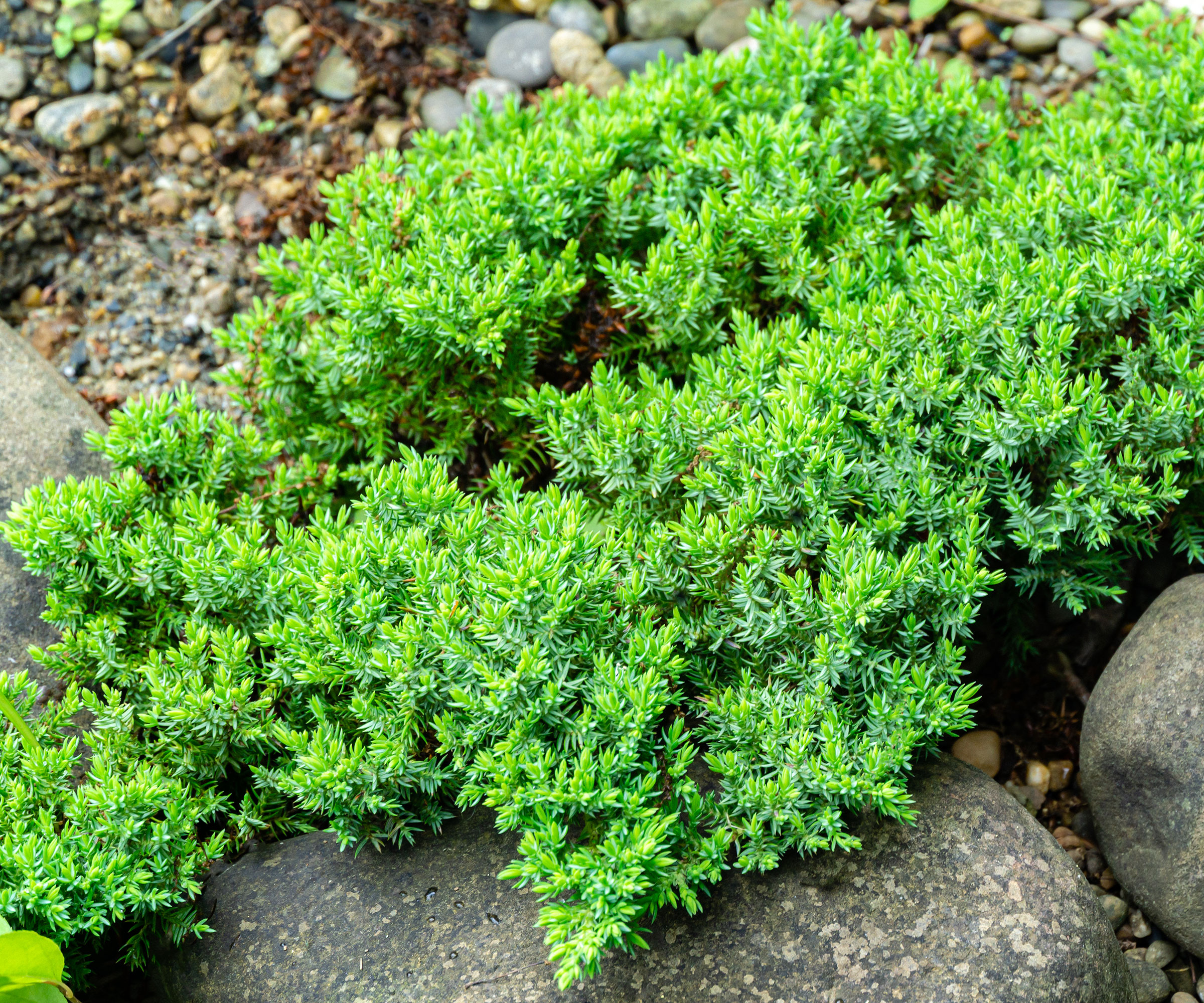
This is one of the old-fashioned, classic types of ground cover plants. An evergreen, creeping juniper comes in several varieties. There is a blue form, as well as green and even gold. The scale-like foliage is dense and few weeds can survive under its canopy. Native to North America, the plant is found in inhospitable soils and sites. It prefers full sun and is tolerant of hot, dry weather once established. It is also deer resistant and adaptable to salt sites. Small, round cones appear at the end of the growing season.
7. Candytuft

One of the earliest blooming plants in spring, candytuft is an evergreen, perennial ground cover plant. It will spread fairly fast, scrambling over rocky or soiled sites. When you grow candytuft, bear in mind it needs well draining soil and full sun. In early spring, the plant is a mass of white blooms, heralding the start of the growing season. Many pollinators enjoy the nectar of the flowers of these ground cover plants, which are hardy to -30°F (-34°C).
8. Japanese Sedge
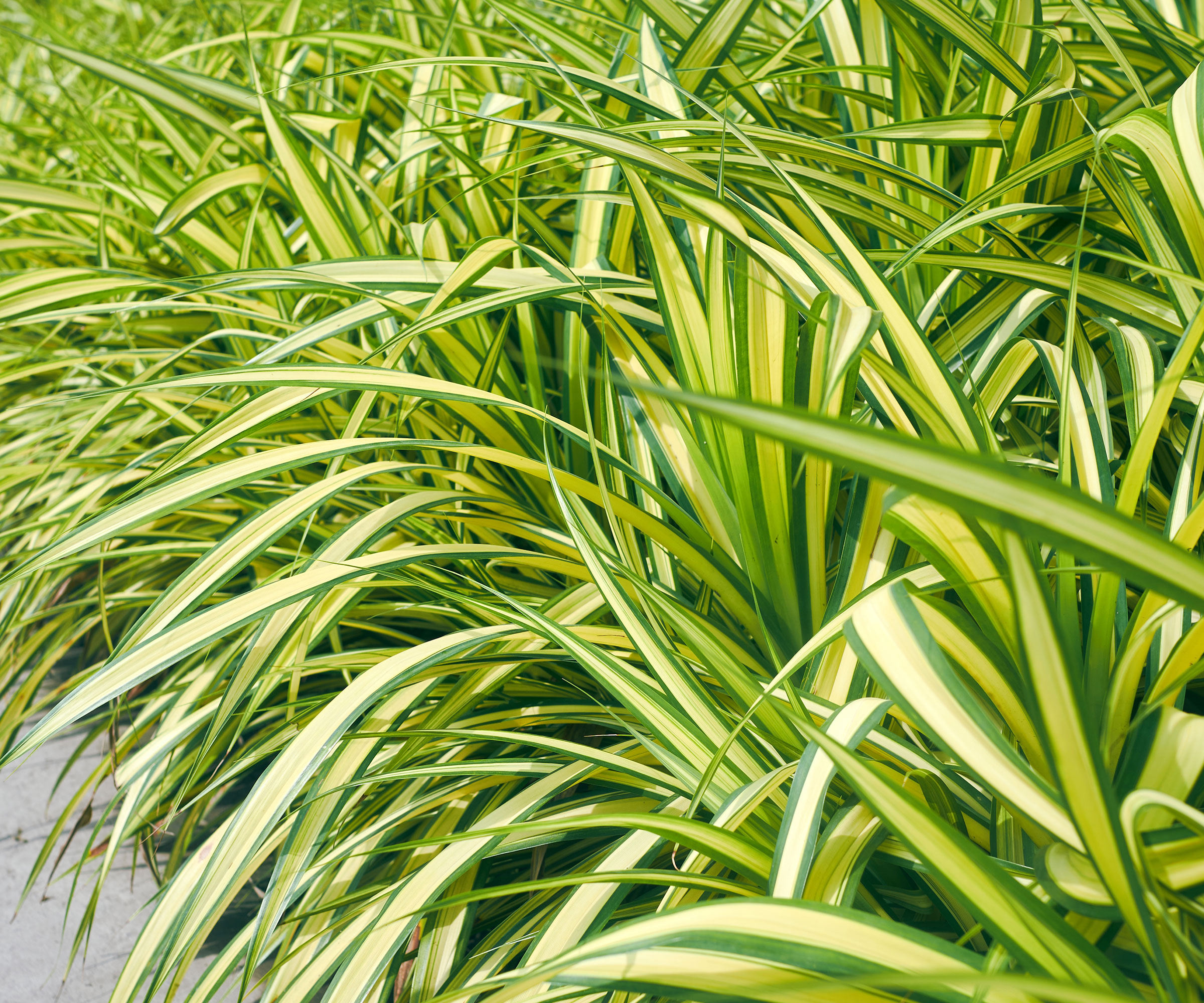
This ground cover plant is partially evergreen, depending on your zone. Perfect for a shady or partially shady location, Japanese sedge is a clump-forming plant with grass-like blades. It is a cool-season grass and goes semi-dormant when the heat of summer begins. This sedge is deer and rabbit resistant and prefers moist soil of almost any type. There are green and variegated varieties such as Ice Dance.
9. Cotoneaster
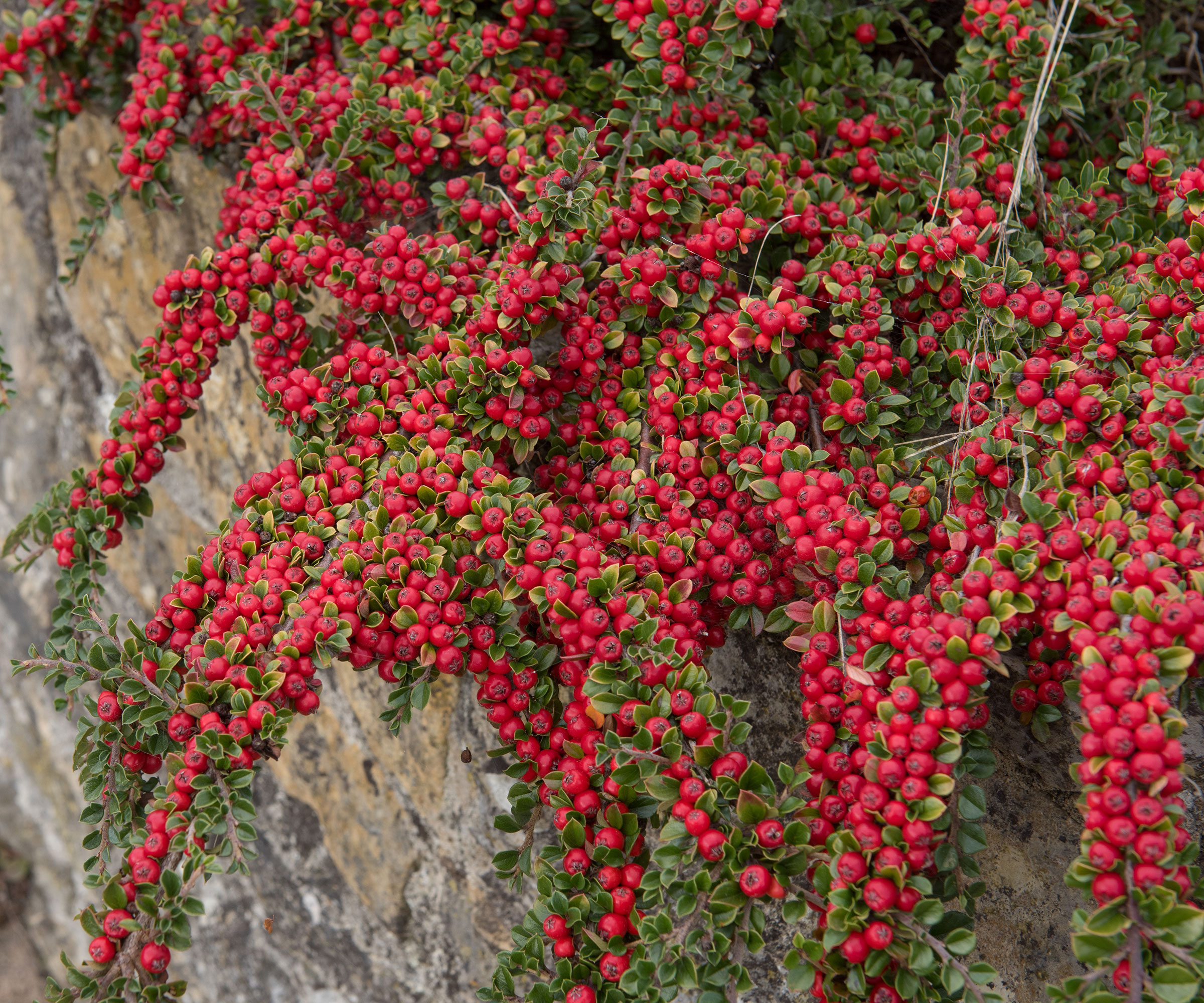
Tiny, rounded, evergreen leaves decorate this plant’s arching stems. In spring, it produces small, white or blush flowers, followed by red berries. While cotoneaster comes in many forms, most are only two feet (60m) high at maturity. The plant thrives in full sun or partial shade, growing slowly for the first couple of years, but rapidly increasing growth thereafter. The plant may be pruned to keep it in a certain size or form.
10. Flowering Thyme
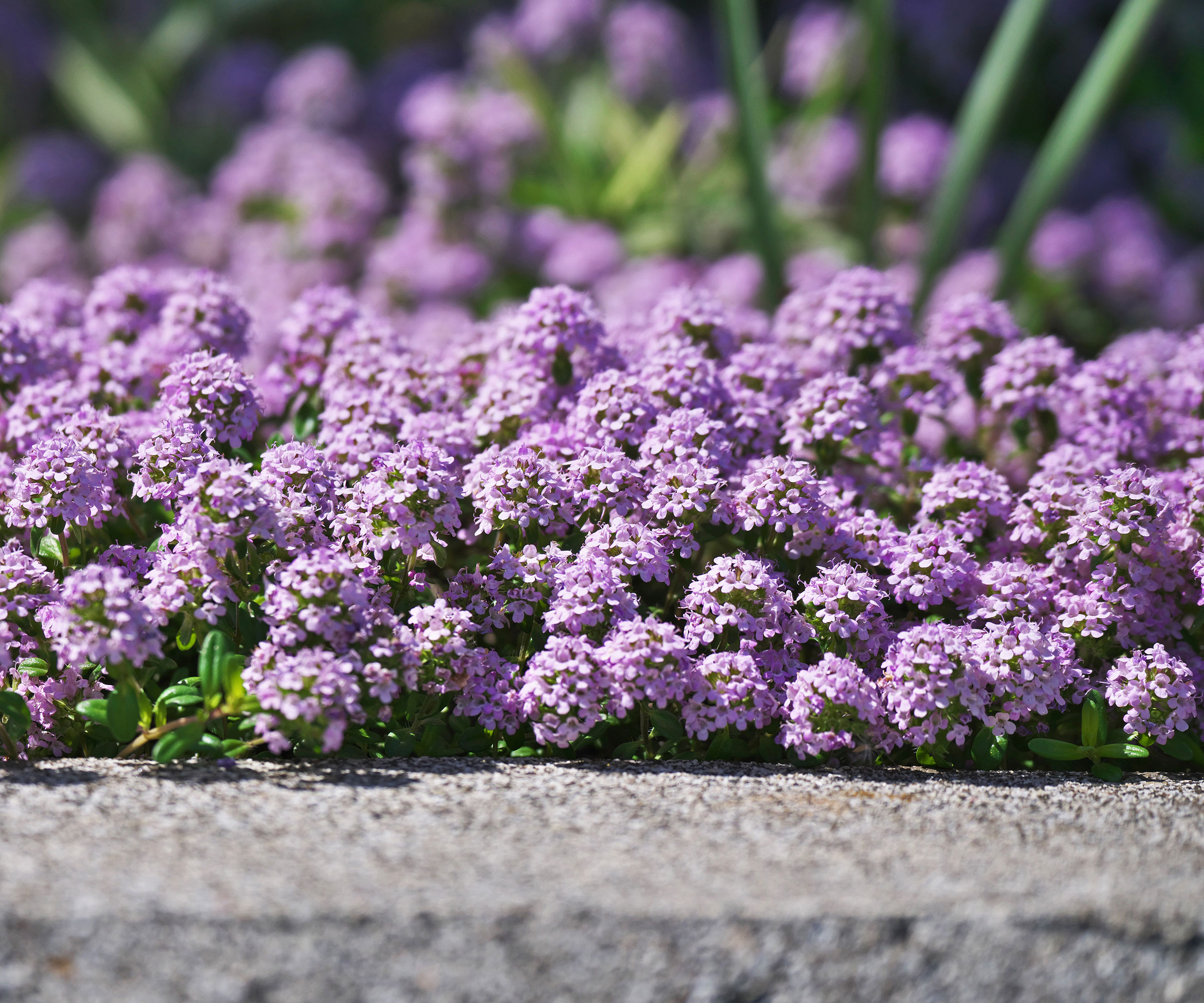
Not only does creeping flowering thyme stay evergreen, but it releases a heady herbal fragrance when crushed. Thyme is very cold tolerant, to -20°F (-29°C). The plant will be heavily adorned with reddish-purple flowers in spring. It is deer-resistant and grows up to three inches (8cm) in height when mature. Thyme is moderately tolerant of light foot traffic and turns into a carpet of charming little leaves in no time.
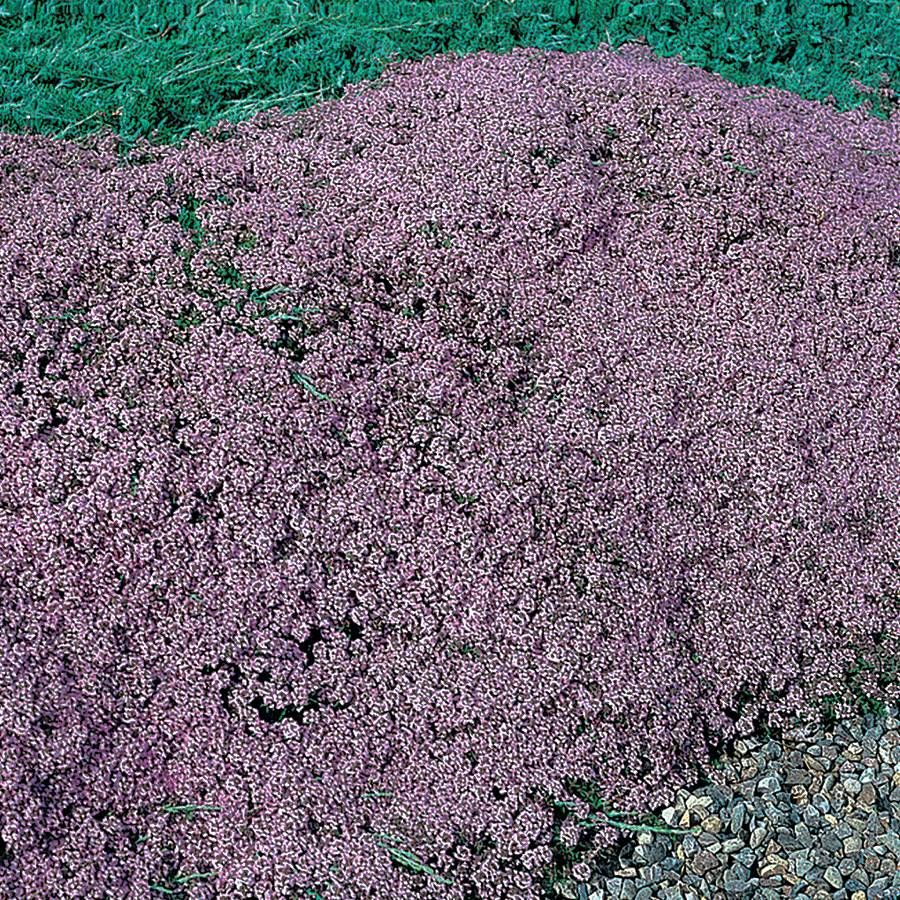
Plant Mother of Thyme seeds from Park Seeds for a carpet of color that thrives in poor soils as long as they are well draining. Its dense growth habit is ideal for edible garden edgings, terraces and rockeries.
This article features products available from third party vendors on the Gardening Know How Shop.

Bonnie Grant is a professional landscaper with a Certification in Urban Gardening. She has been gardening and writing for 15 years. A former professional chef, she has a passion for edible landscaping.
-
 Looking For Plants To Give You The Soft And Fuzzies? Try These 5 Fuzzy Leaf Plant Options
Looking For Plants To Give You The Soft And Fuzzies? Try These 5 Fuzzy Leaf Plant OptionsLovers of texture, drama, silver foliage and tactile plants will adore these special sensory garden additions. These fuzzy leaf plant options will leave you all aglow
By Susan Albert
-
 Get Ready For A Summer Of Hummers! Grow These Full Sun Hummingbird Plants and Flowers
Get Ready For A Summer Of Hummers! Grow These Full Sun Hummingbird Plants and FlowersIf you’re lucky enough to enjoy a sunny backyard, make sure you are maxing out on your pollinator opportunities and grow these full sun hummingbird plants and flowers
By Tonya Barnett
-
 Spectacular Early Blooming Shrubs: 6 Sparkling Spring Flowering Bushes
Spectacular Early Blooming Shrubs: 6 Sparkling Spring Flowering BushesWant to kickstart your gardening year with dazzling spring flowering bushes for beds and borders? These unique early bloomers are sure to help you rise and shine!
By Teo Spengler
-
 Quick Fire Hydrangea – The Elegant, Easy-Care Shrub Every Gardener Needs In Their Landscape
Quick Fire Hydrangea – The Elegant, Easy-Care Shrub Every Gardener Needs In Their LandscapeIf you’re after an early flowering panicle hydrangea that offers plenty of floral variety, the Quick Fire hydrangea goes big on visual dynamics from early summer to fall
By Tonya Barnett
-
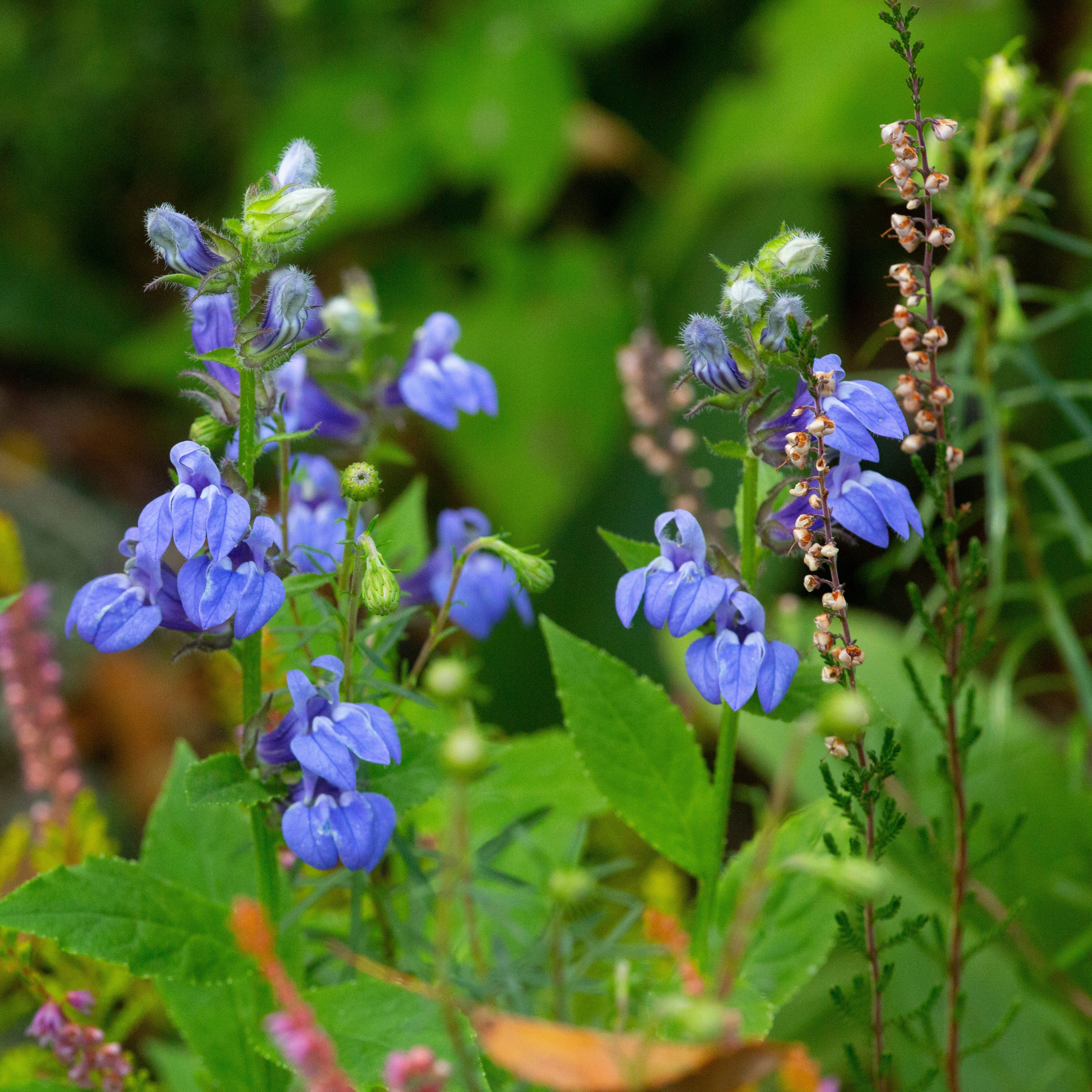 Grow Great Blue Lobelia: Native Blue Cardinal Flowers For Butterflies And Hummingbirds
Grow Great Blue Lobelia: Native Blue Cardinal Flowers For Butterflies And HummingbirdsIf you’re keen to enhance your native plants or attract more pollinators, blue cardinal flowers are an essential flowering perennial. Here’s how to grow great blue lobelia
By Tonya Barnett
-
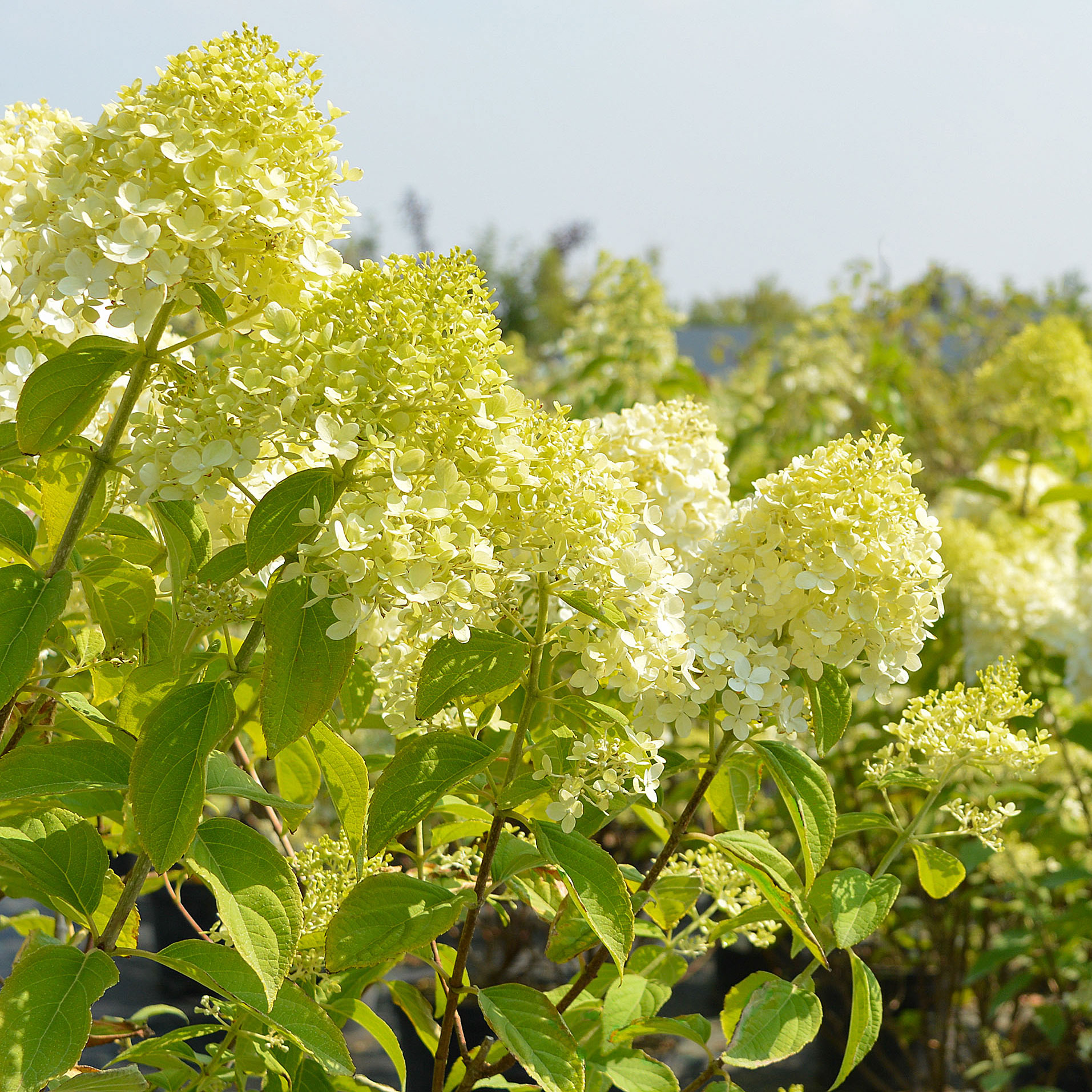 Grow Limelight Hydrangea Shrubs For Green Themed Displays And Brilliant Borders
Grow Limelight Hydrangea Shrubs For Green Themed Displays And Brilliant BordersIf you're a panicle hydrangea lover in search of flamboyant, long-lasting florals, knowing how to grow Limelight hydrangea shrubs will ensure gorgeous green blooms
By Mary Ellen Ellis
-
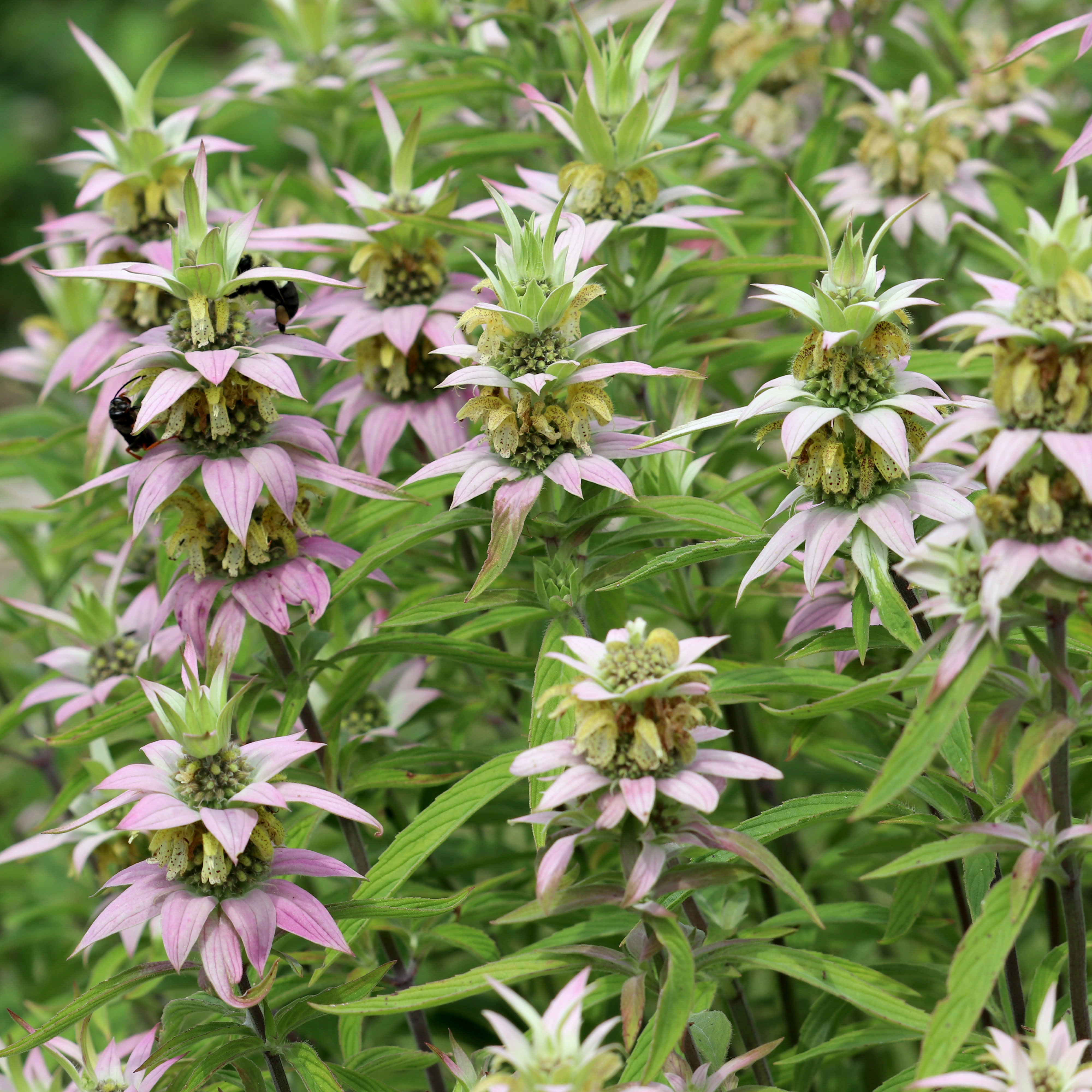 Growing Spotted Bee Balm: Find Out How To Grow Horsemint For Your Pollinator Garden
Growing Spotted Bee Balm: Find Out How To Grow Horsemint For Your Pollinator GardenFor anyone looking to cultivate native flowering plants that attract pollinators, spotted bee balm is a must! We show you how to grow horsemint for friendly garden visitors
By Tonya Barnett
-
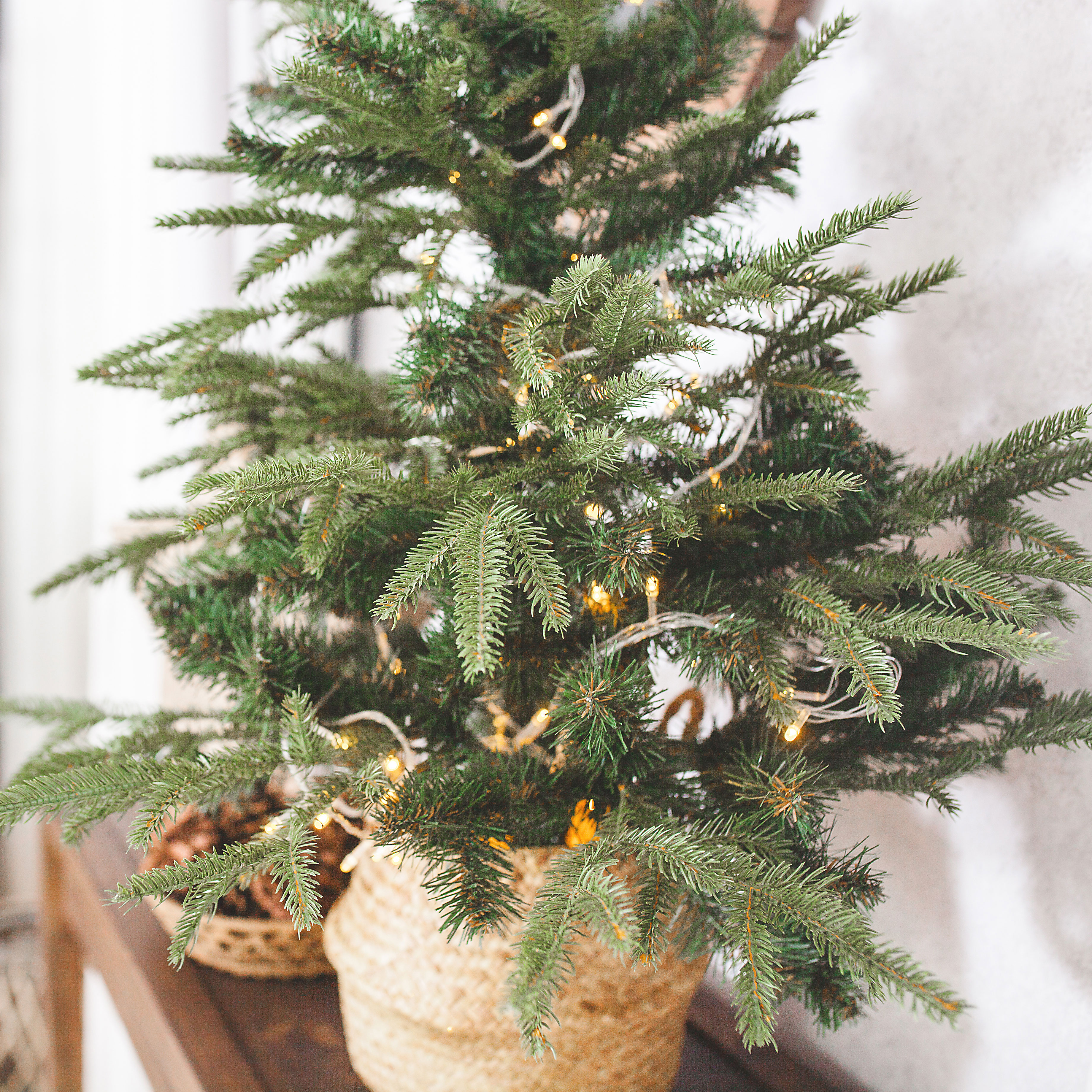 Tiny Trees For The Holidays: 6 Real Mini Christmas Tree Varieties For Festive Cheer
Tiny Trees For The Holidays: 6 Real Mini Christmas Tree Varieties For Festive CheerThe best things come in small packages, so they say, and when it comes to spreading holiday cheer, you’ll love these real mini Christmas tree plant types
By Bonnie L. Grant
-
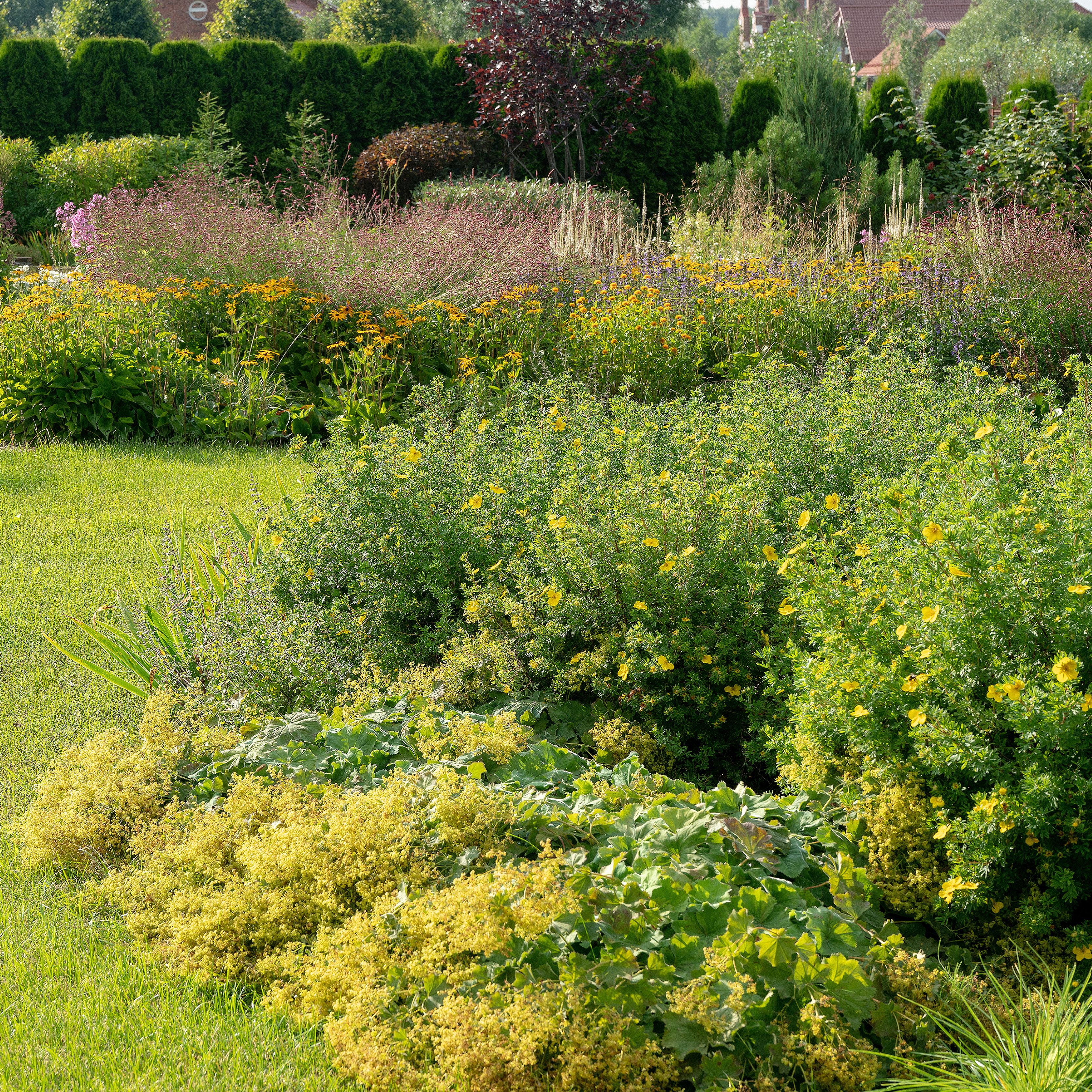 Unique Native Shrubs: 7 Natural Winners Every Gardener Should Add To The Landscape
Unique Native Shrubs: 7 Natural Winners Every Gardener Should Add To The LandscapeWhile we know shrubs to be amongst the most reliable plants in our yards, some are naturally more resilient. These gorgeous native shrubs are sure to thrive in your plot
By Teo Spengler
-
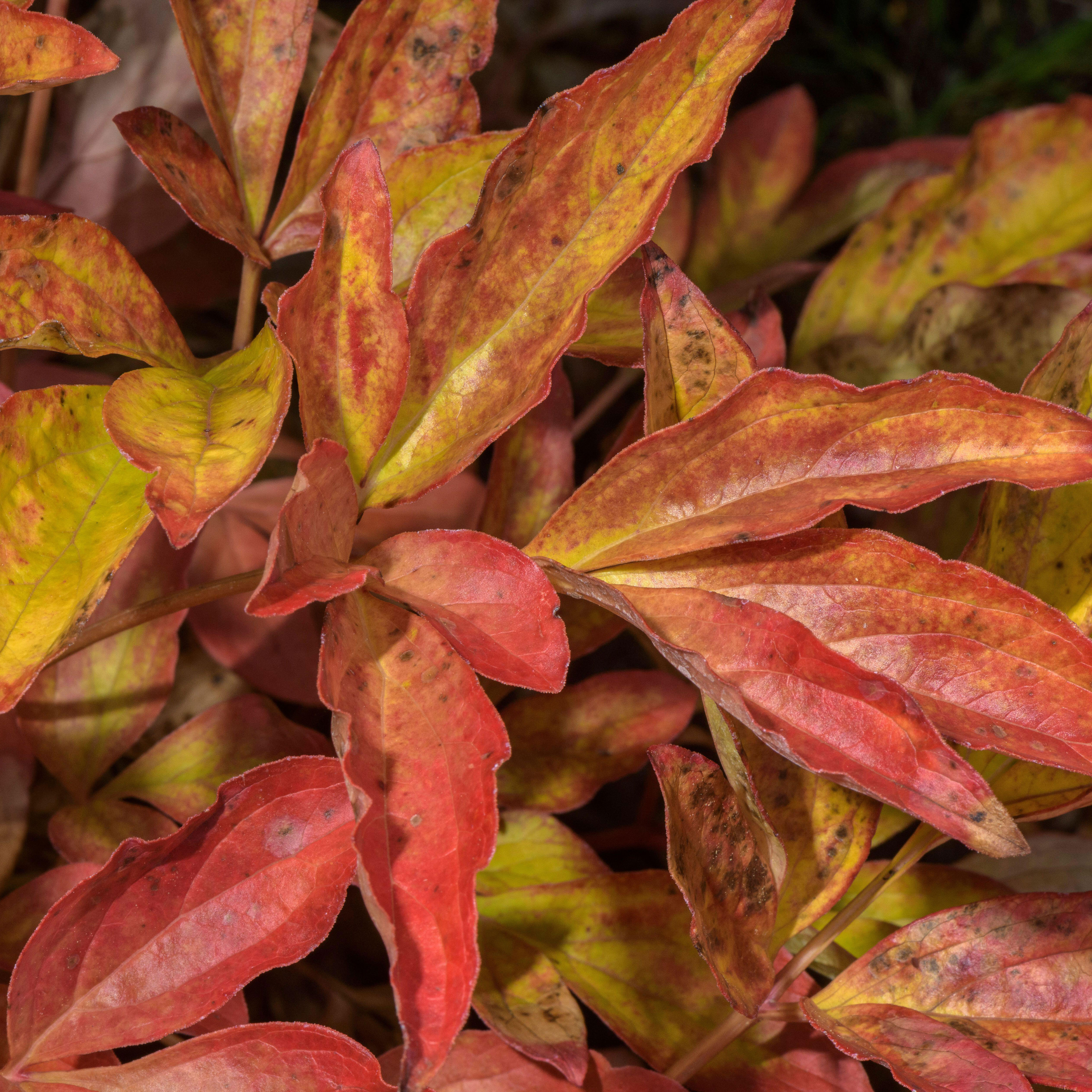 Time To Transplant Peonies: Why Fall Is The Best Time To Move Peonies, And How To Do It Right
Time To Transplant Peonies: Why Fall Is The Best Time To Move Peonies, And How To Do It RightIf you want the healthiest peonies, replanting is a great way to boost longevity. Here’s why fall is the best time to move peonies, and how to transplant them correctly.
By Tonya Barnett